100g
Showing 2901–2950 of 3537 results
-
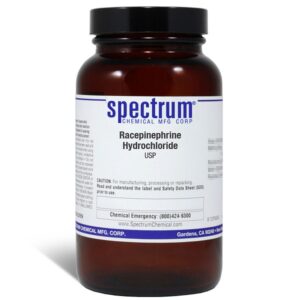
Racepinephrine Hydrochloride, USP
$3,776.04 Add to cart View Product DetailsRacepinephrine Hydrochloride, USP
-
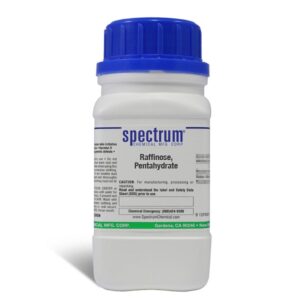
Raffinose, Pentahydrate
$341.44 Add to cart View Product DetailsRaffinose, Pentahydrate
-

Rebaudioside A
$526.99 Add to cart View Product DetailsMolecular Formula : C44 H70 O23
-
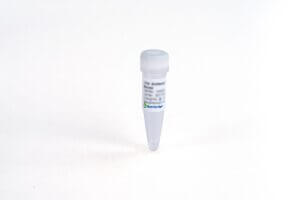
Recombinant PIVKA II Antigen
$404.51 Add to cart View Product DetailsProtein Induced by Vitamin K Absence or Antagonist-II (PIVKA-II), also known as Des-γ-carboxy-prothrombin (DCP), is an abnormal form of prothrombin. Normally, the prothrombin’s 10 glutamic acid residues (Glu) in the γ-carboxyglutamic acid (Gla) domain at positions 6, 7, 14, 16, 19, 20,25, 26, 29 and 32 are γ-carboxylated to Gla by vitamin-K dependent γ- glutamyl carboxylase in the liver and then secreted into plasma. In patients with hepatocellular carcinoma (HCC), γ-carboxylation of prothrombin is impaired so that PIVKA-II is formed instead of prothrombin. PIVKA-II is considered as is an efficient biomarker specific for HCC.
-

Reinecke Salt, Monohydrate, Reagent, ACS
$718.75 Add to cart View Product DetailsReinecke Salt, Monohydrate, Reagent, ACS
-

Resorcinol
$116.44 Add to cart View Product DetailsMolecular Formula : C6 H6 O2
-
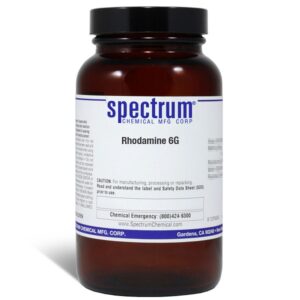
Rhodamine 6G
$286.45 Add to cart View Product DetailsRhodamine 6G
-
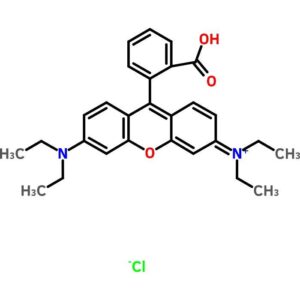
Rhodamine B
$113.39 Add to cart View Product DetailsRhodamine B
-
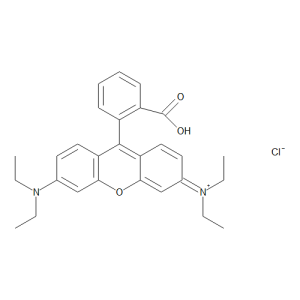
Rhodamine B
$93.15 Add to cart View Product DetailsMolecular Formula : C28 H31 N2 O3 . Cl
-
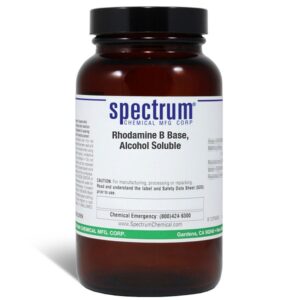
Rhodamine B Base, Alcohol Soluble
$263.93 Add to cart View Product DetailsRhodamine B Base, Alcohol Soluble
-
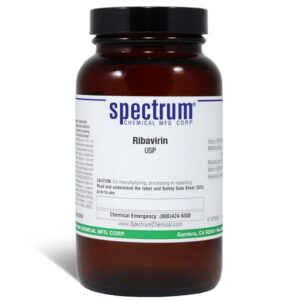
Ribavirin, USP
$1,332.87 Add to cart View Product DetailsRibavirin, USP
-
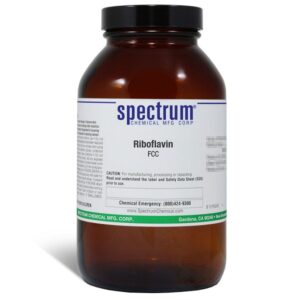
Riboflavin, FCC
$183.08 Add to cart View Product DetailsRiboflavin, FCC
-
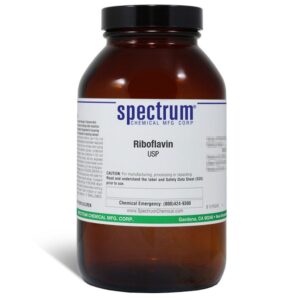
Riboflavin, USP
$180.60 Add to cart View Product DetailsRiboflavin, USP
-
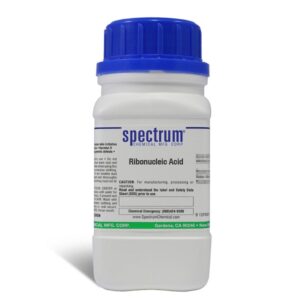
Ribonucleic Acid
$578.24 Add to cart View Product DetailsRibonucleic Acid
-

Robenidine Hydrochloride
$219.94 Add to cart View Product DetailsMolecular Formula : C15 H13 Cl2 N5 . Cl H
-
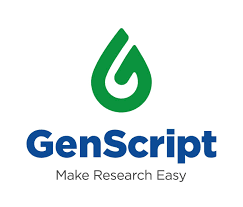
ROR1, hFc, Human
$189.75 Add to cart View Product DetailsROR1 (Receptor tyrosine kinase-like orphan receptor 1), also known as neurotrophic tyrosine kinase receptor-related 1 (NTRKR1), is a member of the ROR family within the receptor tyrosine kinases (RTK) superfamily. Two ROR family members (ROR1 and ROR2) have been identified and are characterized by the intracellular tyrosine kinase domains, highly related to those of the Trk-family receptor tyrosine kinases, and by the extracellular Frizzled-like cysteine-rich domains and kringle domains, which are common to receptors of the Wnt family members.
-
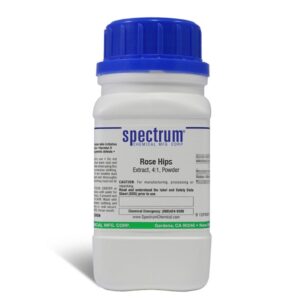
Rose Hips, Extract, 4:1, Powder
$84.25 Add to cart View Product DetailsRose Hips, Extract, 4:1, Powder
-
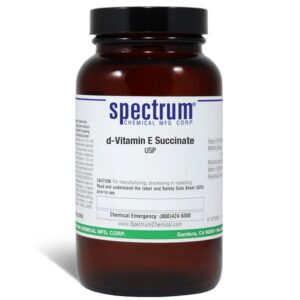
RRR-Vitamin E Succinate, 1 mg = 0.81 alpha-tocopherol equivalents, USP
$259.38 Add to cart View Product DetailsRRR-Vitamin E Succinate, 1 mg = 0.81 alpha-tocopherol equivalents, USP
-
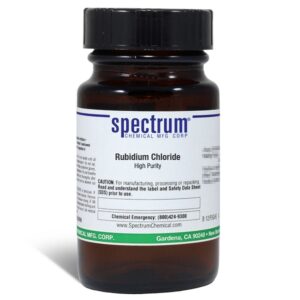
Rubidium Chloride, High Purity
$1,267.77 Add to cart View Product DetailsRubidium Chloride, High Purity
-

Rubidium Sulfate
$834.15 Add to cart View Product DetailsRubidium Sulfate
-
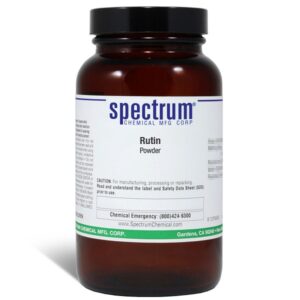
Rutin, Powder
$628.49 Add to cart View Product DetailsRutin, Powder
-
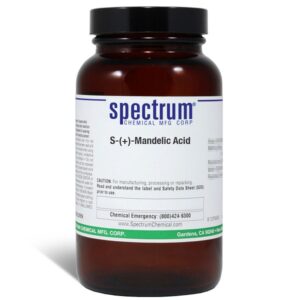
S-(+)-Mandelic Acid
$411.09 Add to cart View Product DetailsS-(+)-Mandelic Acid
-
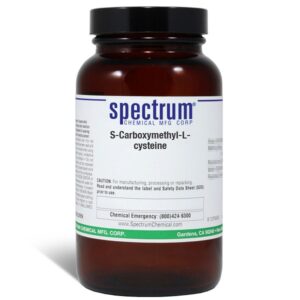
S-Carboxymethyl-L-cysteine
$315.69 Add to cart View Product DetailsS-Carboxymethyl-L-cysteine
-

S-Methyl-L-cysteine
$697.76 Add to cart View Product DetailsMolecular Formula : C4 H9 N O2 S
-

Saccharin Sodium Salt Dihydrate
$564.08 Add to cart View Product DetailsMolecular Formula : C7 H4 N O3 S . Na . 2 H2 O
-
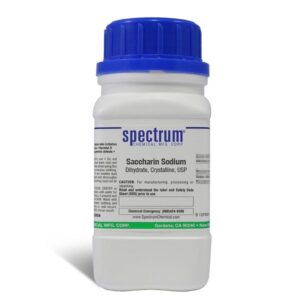
Saccharin Sodium, Dihydrate, Crystalline, USP
$221.70 Add to cart View Product DetailsSaccharin Sodium, Dihydrate, Crystalline, USP
-
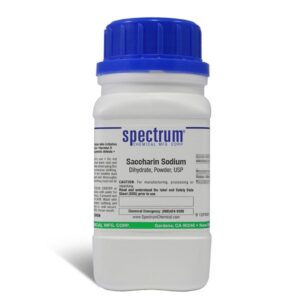
Saccharin Sodium, Dihydrate, Powder, USP
$221.70 Add to cart View Product DetailsSaccharin Sodium, Dihydrate, Powder, USP
-
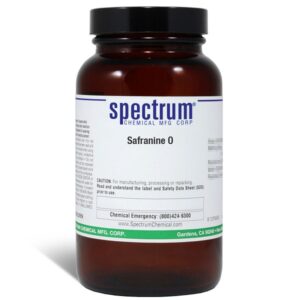
Safranine O
$254.09 Add to cart View Product DetailsSafranine O
-
![Salcomine, [=N,N'-Bis(salicylidene)ethylenediiminocobalt(II)]](https://advatechgroup.com/wp-content/uploads/TCI-300x300.jpg.pagespeed.ce.remJNefMLx.jpg)
Salcomine, [=N,N’-Bis(salicylidene)ethylenediiminocobalt(II)]
$315.41 Add to cart View Product DetailsSalcomine, [=N,N’-Bis(salicylidene)ethylenediiminocobalt(II)]
-

Salicin
$650.23 Add to cart View Product DetailsSalicin
-
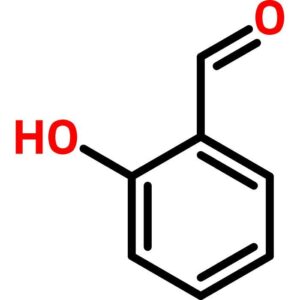
Salicylaldehyde
$37.82 Add to cart View Product DetailsSalicylaldehyde
-

Salicylaldehyde
$87.98 Add to cart View Product DetailsMolecular Formula : C7 H6 O2
-
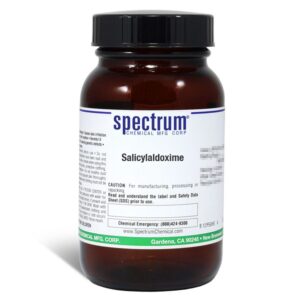
Salicylaldoxime
$193.64 Add to cart View Product DetailsSalicylaldoxime
-
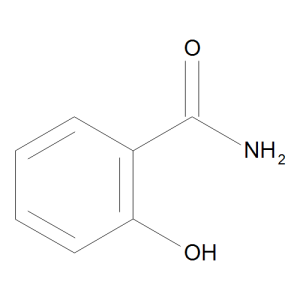
Salicylamide
$201.83 Add to cart View Product DetailsMolecular Formula : C7 H7 N O2
-

Sarcosine
$280.31 Add to cart View Product DetailsMolecular Formula : C3 H7 N O2
-
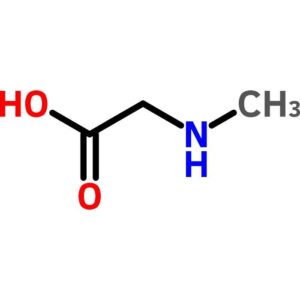
Sarcosine
$119.85 Add to cart View Product DetailsSarcosine
-
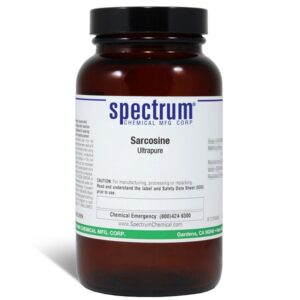
Sarcosine, Ultrapure
$221.59 Add to cart View Product DetailsSarcosine, Ultrapure
-

SARS-CoV-2 ADE-Causing Antibody (S9HC)
$323.44 Add to cart View Product DetailsGenScript SARS-CoV-2 ADE-Causing Antibody (S9HC) reacts with SARS-CoV-2 Spike protein of wild type and delta variant. It can obviously enhance the SARS-COV-2 binding with ACE2.
-

SARS-CoV-2 Neutralizing Antibody (5B7D7), mAb, Mouse
$323.44 Add to cart View Product DetailsThe product is specific for SARS-CoV-2 Spike Protein S1 subunit and its RBD domain
-

SARS-CoV-2 Neutralizing Antibody (6D11F2), mAb, Mouse
$323.44 Add to cart View Product DetailsThe product is specific for SARS-CoV-2 Spike Protein S1 subunit and its RBD domain
-

SARS-CoV-2 Neutralizing Antibody (BS-M0220), mAb, Mouse
$323.44 Add to cart View Product DetailsThe product is specific for SARS-CoV-2 Spike Protein S1 subunit and its RBD domain
-

SARS-CoV-2 Neutralizing Antibody (R323IgM), Human Chimeric
$323.44 Add to cart View Product DetailsThe product is specific for SARS-CoV-2 Spike Protein S1 subunit and its RBD domain. The product can recognize and neutralize Wild-Type SARS-CoV-2 and Variants of Concern (VOC) including Alpha, Beta, Delta, and Omicron. Reactivity with Gamma variant has not been tested.
-
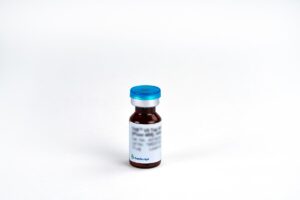
SARS-CoV-2 Nucleocapsid Antibody (23F2), mAb, Mouse
$240.64 Add to cart View Product DetailsThe product is specific for SARS-CoV-2 Nucleocapsid protein.
-
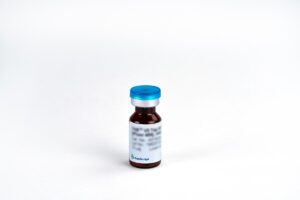
SARS-CoV-2 Nucleocapsid Antibody (3F9), mAb, Mouse
$240.64 Add to cart View Product DetailsThe product is specific for SARS-CoV-2 Nucleocapsid protein.
-

SARS-CoV-2 Nucleocapsid Antibody (4H2), mAb, Mouse
$240.64 Add to cart View Product DetailsThe product is specific for SARS-CoV-2 Nucleocapsid protein.
-

SARS-CoV-2 Nucleocapsid Antibody (HC2003), Human Chimeric
$323.44 Add to cart View Product DetailsThe product is specific for SARS-CoV-2 Nucleocapsid protein.
-
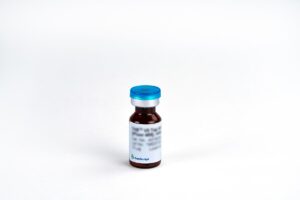
SARS-CoV-2 Nucleocapsid Antibody (hIgM2003), Human Chimeric
$370.01 Add to cart View Product DetailsThe product is specific for SARS-CoV-2 Nucleocapsid protein.
-

SARS-CoV-2 Nucleocapsid Antibody (N22IgA), Human Chimeric
$370.01 Add to cart View Product DetailsThe product is specific for SARS-CoV-2 Nucleocapsid protein.
-
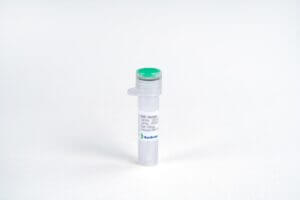
SARS-CoV-2 Nucleocapsid protein
$327.75 Add to cart View Product DetailsSARS-CoV-2 (Severe Acute Respiratory Syndrome Coronavirus 2) also known as 2019-nCoV (2019 Novel Coronavirus) is a virus that causes illnesses ranging from the common cold to severe diseases. SARS-CoV-2 Nucleocapsid Protein is associated with nucleic acid. It is the most abundant protein for coronavirus. Because of the strong immunogenicity of coronavirus Nucleocapsid, it is believed that SARS-CoV-2 Nucleocapsid Protein has potential value for the diagnosis of the virus.
-

SARS-CoV-2 Nucleocapsid Protein (D63G, R203M, D377Y), His Tag
$327.75 Add to cart View Product DetailsSARS-CoV-2 (Severe acute respiratory syndrome coronavirus 2), also known as 2019-nCoV, is a positive-sense single-stranded RNA virus. It caused coronavirus disease 2019 (COVID-19). Nucleocapsid Protein is the most abundant structural protein of the coronavirus which is associated with the nucleic acid. The sublineage B.1.617.2 has been redesignated as a “variant of concern” (VOC-21APR-02) in May 2021, which spreads more quickly than the original version of the virus.






